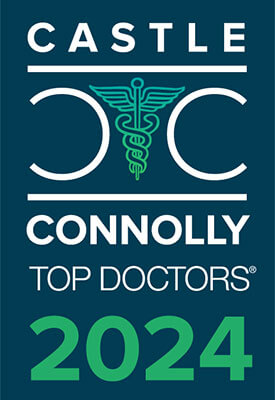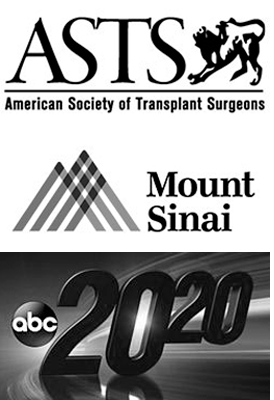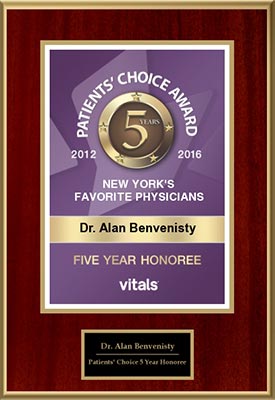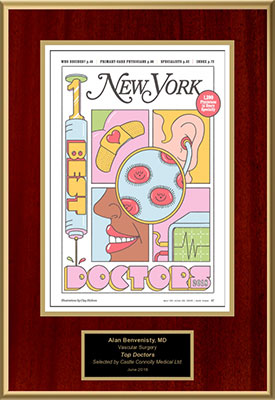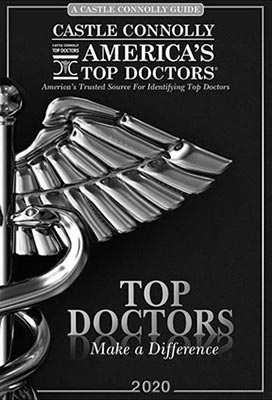The Types of Angina and What They Indicate

Chest pain isn’t always a heart attack, but it’s never something to ignore. Angina, a form of chest discomfort caused by reduced blood flow to the heart muscle, often mimics other conditions like heartburn, shoulder or jaw pain, and fatigue. Understanding the different types of angina is critical to identifying the underlying issue, often coronary artery disease, and preventing serious complications.
At his practice in New York City, Dr. Alan Benvenisty, MD, a board-certified expert in both general and vascular surgery, offers comprehensive evaluation and management for patients experiencing angina and other vascular symptoms. His experience in diagnosing vascular disease helps uncover the root cause behind your discomfort.
The Four Main Types of Angina
Angina isn’t a disease itself but rather a symptom of heart disease, most commonly coronary artery disease (CAD). It occurs when the heart muscle doesn’t get enough oxygen-rich blood. The CDC estimates that over 9 million adults in the U.S. experience angina, and it often presents as chest pressure, squeezing, or fullness. However, the sensation can also radiate to the shoulders, back, neck, or jaw. There are four main types of angina:
1. Stable Angina (Angina Pectoris)
This is the most common form. It typically occurs during physical exertion or stress and resolves with rest or medication like nitroglycerin. It’s a warning sign of narrowed coronary arteries and indicates that your heart is working harder than it should.
What it means: You likely have a predictable pattern of chest discomfort caused by underlying coronary artery disease.
2. Unstable Angina
Unstable angina is more dangerous and can happen without physical exertion. It’s sudden, more severe, lasts longer, and may not improve with rest. This form often precedes a heart attack and requires immediate medical attention.
What it means: There’s a sudden blockage or rupture in a coronary artery. This is a medical emergency.
3. Microvascular Angina
This form affects the tiny arteries in the heart, rather than the major coronary arteries. The pain can last longer and is often more widespread. Women are more commonly affected, and diagnosis can be challenging.
What it means: You may have coronary microvascular disease, which can lead to long-term cardiac complications if left untreated.
4. Variant Angina (Prinzmetal’s Angina)
This rare type is caused by coronary artery spasms and usually occurs at rest, often in the early morning hours. It can be severe but is typically relieved with medication.
What it means: While the coronary arteries may appear normal, their spasm can cause dangerous blood flow restriction.
When to Seek Expert Care
Because angina can mimic less serious conditions like indigestion or muscle strain, it’s easy to overlook. But any chest pain should be evaluated, especially in a city like New York, where fast-paced living can mask health concerns.
Dr. Alan Benvenisty provides thorough diagnostic testing to determine the cause of chest discomfort. As a board-certified vascular surgeon in NYC, he understands how vascular disease, atherosclerosis, and cardiac circulation issues contribute to angina.
Contact Dr. Benvenisty in New York City
If you’re experiencing recurring chest discomfort or suspect angina, don’t wait to get help. Dr. Alan Benvenisty, MD, offers expert care and advanced diagnostic tools to evaluate your heart and vascular health.
Schedule a consultation in Manhattan today and get peace of mind through trusted, personalized care for your heart.
Posted on behalf of
440 West 114th St, Second Floor
New York, NY 10025
Phone: (212) 523-4706
Monday & Friday 9:00 AM – 5:00 PM


